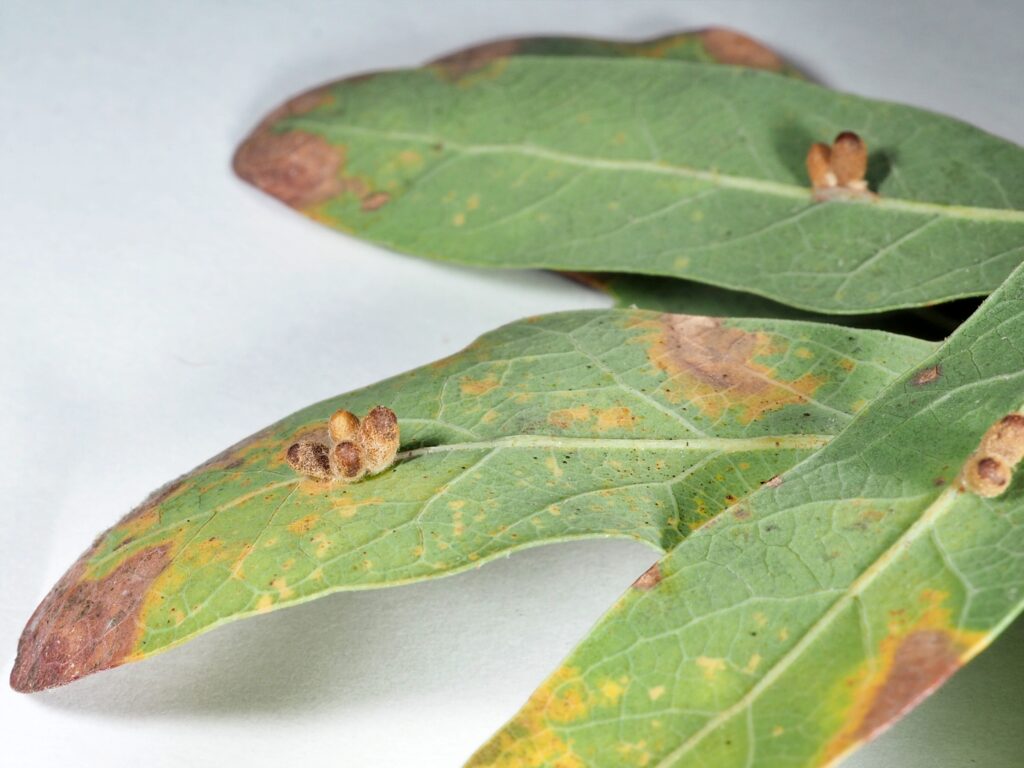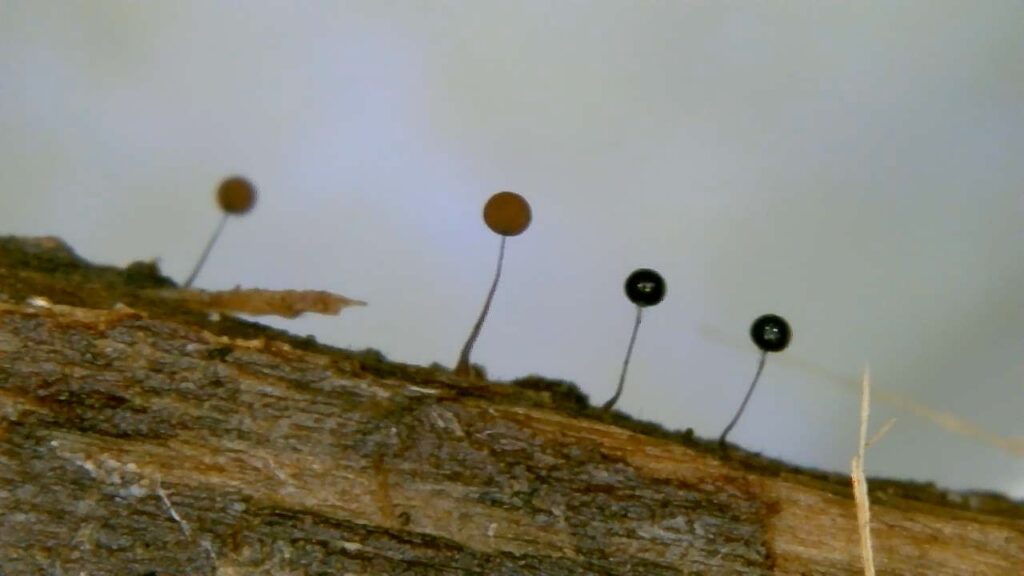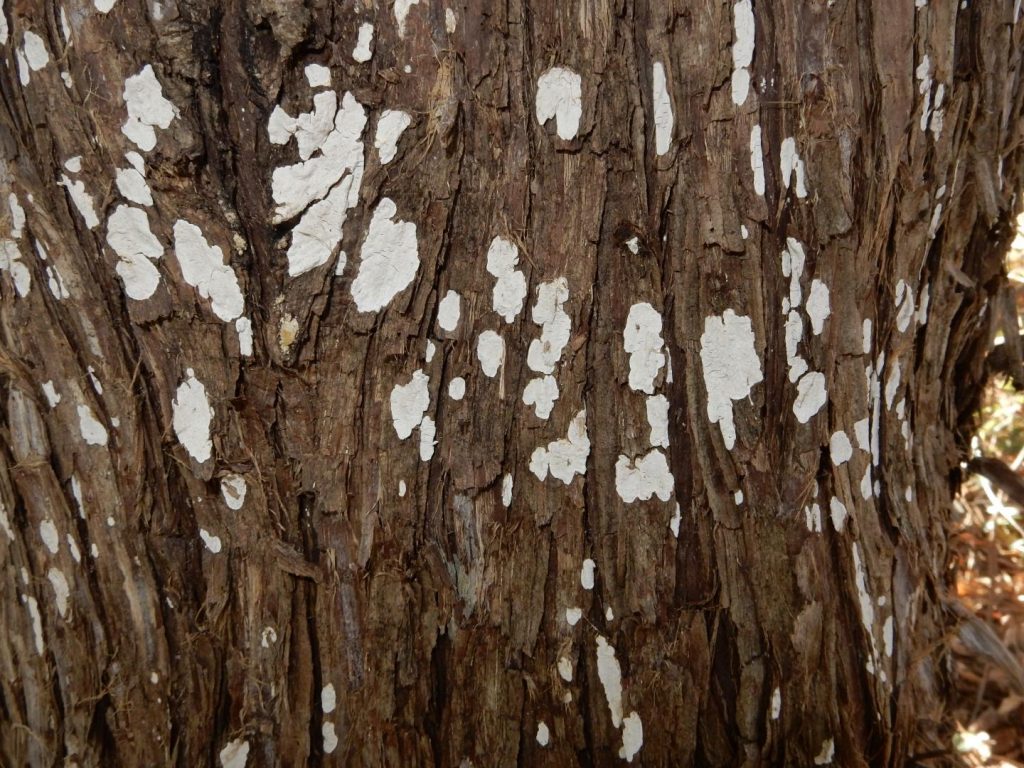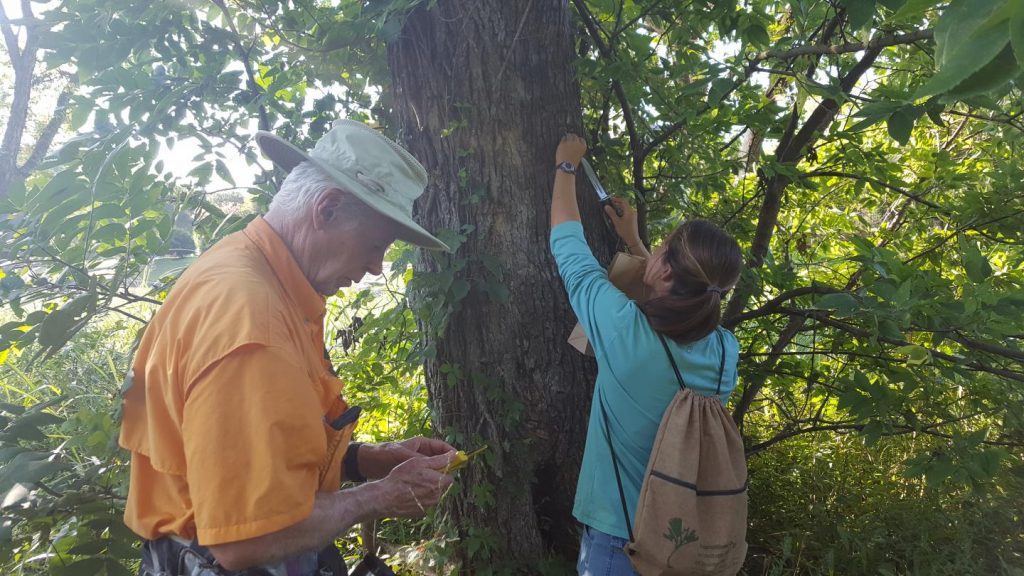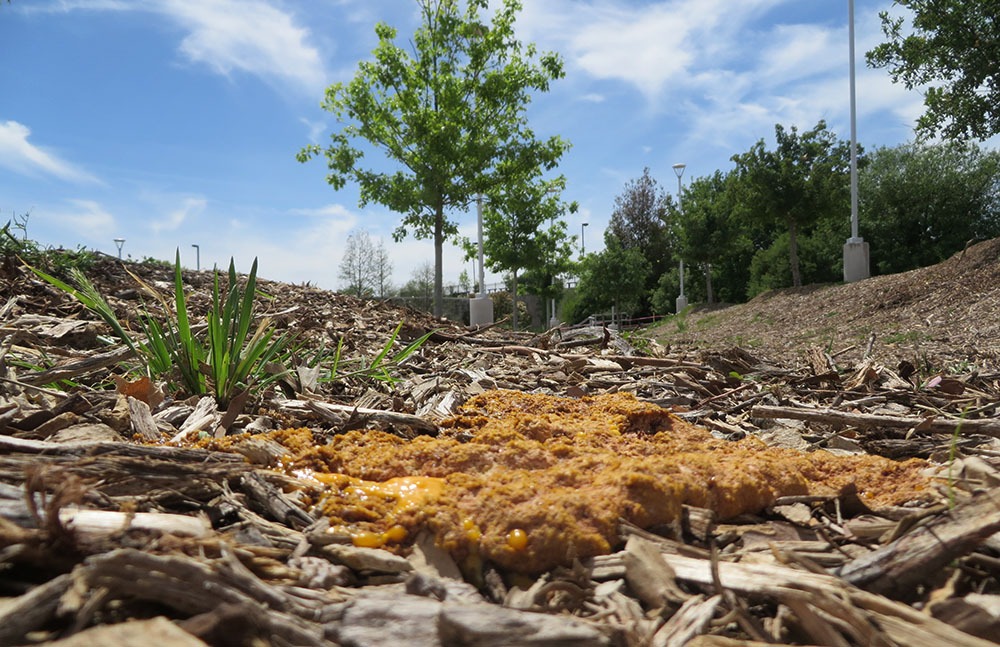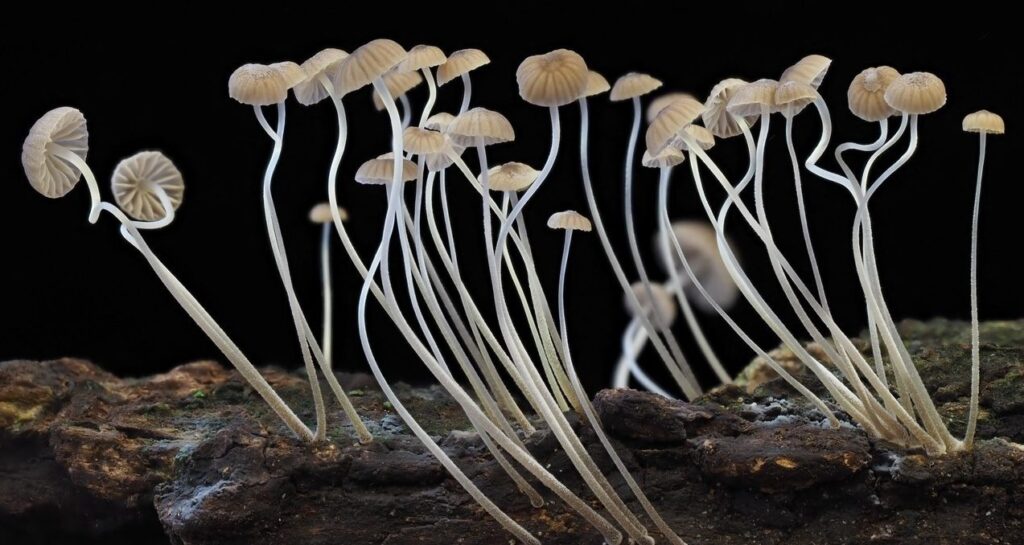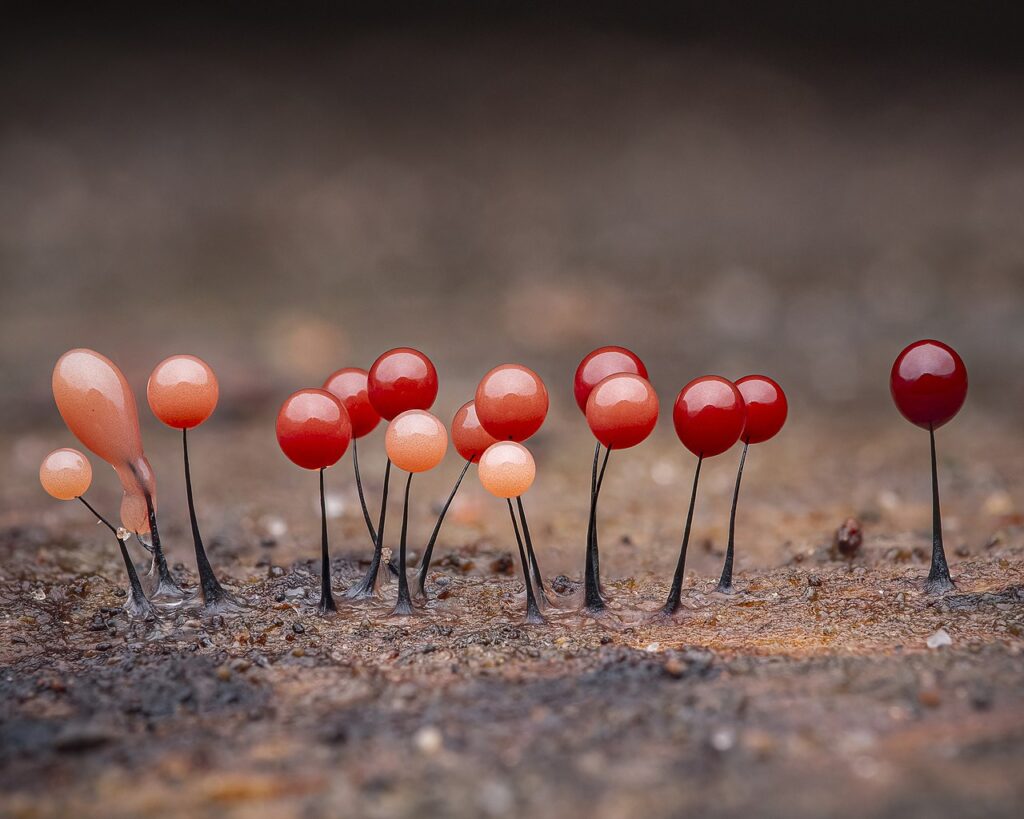
The mysteries of Myxomycetes: Six scintillating facts about slime molds
Don’t ever believe you’ve got nature figured out. Case in point: Myxomycetes or plasmodial slime molds. Here are six fascinating facts from a recent article by BRIT Research Associate Harold Keller that will make you question what you think you know about life on this planet.


